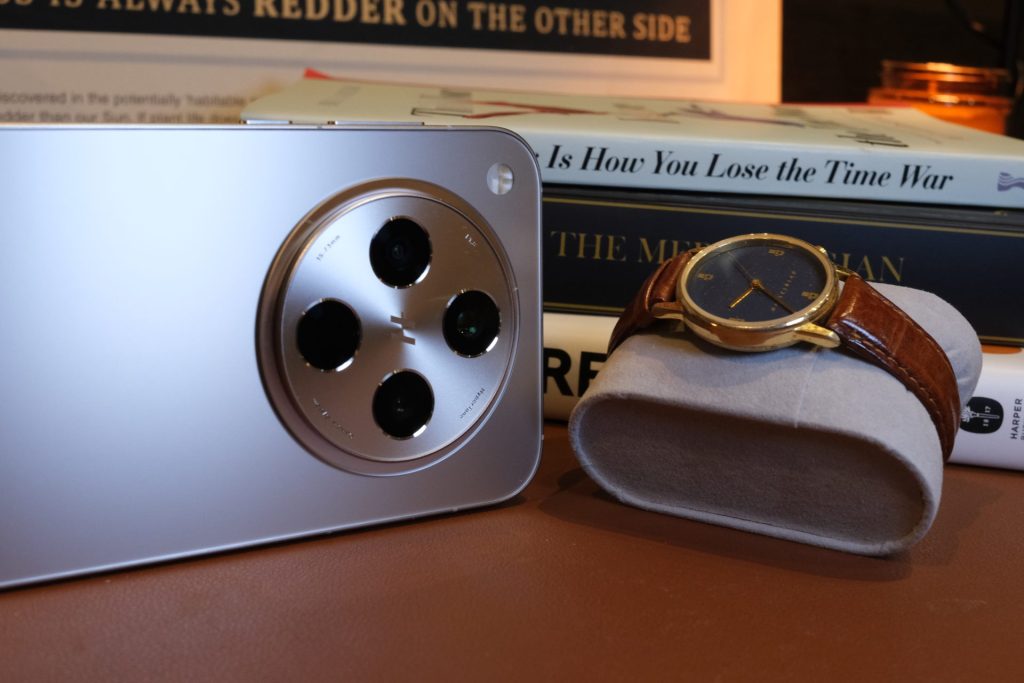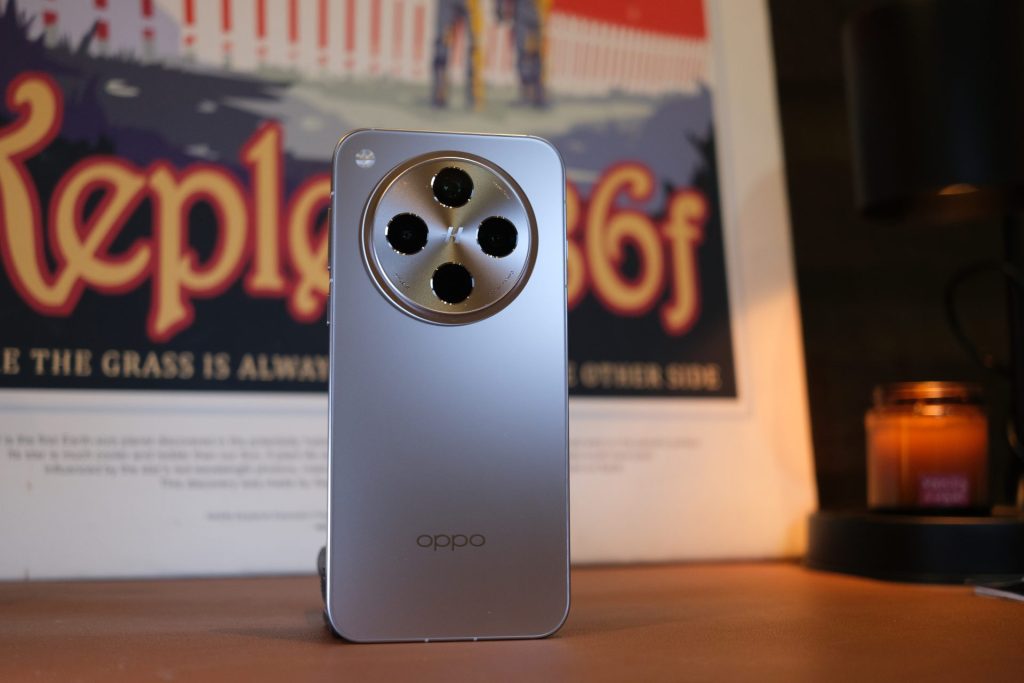It’s back. This 2024, the OPPO Find X series has been found, marking a global launch of the new Find X8, which includes the Philippines. The Find X series has been a rather elusive unicorn. The Philippine market could only drool as we saw the Find X series debut before the pandemic and has since then pulled out of the local markets.

A pity really as this phone touts a stellar camera that can really push the envelope of digital photography. With its ongoing partnership with Hasselbla to co-engineer cameras, this flagship release boasts the HyperTone Triple Main Camera system, powerful MediaTek 9400 chipset, 80W SUPERVOOC charging, and AI performance and productivity enhancements.
Does the Find X8 live up to the tradition of OPPO flagships? Let’s find out.
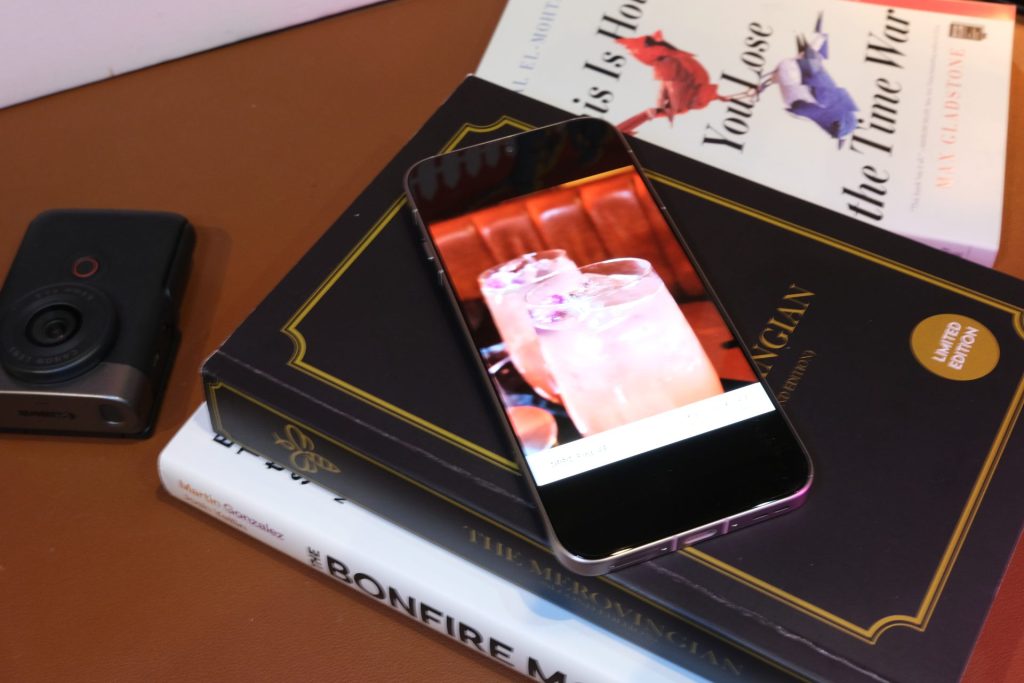
Display
The Find X8 features a 6.59-inch display with a 94.3% screen-to-body ratio, making it both compact and immersive. The display is super smooth, with a 120Hz refresh rate and a 240Hz touch sampling rate. The OPPO Find X8 also features a peak brightness of up to 1600 nits, allowing for easy outdoor viewing. The phone also features an incredibly thin bezel, measuring at just 1.45mm.
Camera
The crown jewel of the Find X8 is definitely the camera. Up front and (top) center it sits, and taking account the size of the phone, the camera is boldly huge with the iconic ‘H’ at the center. The phone’s camera system is co-developed with Hasselblad and features a triple prism periscope camera with a 50MP, 1/1.95-inch Sony LYT600 sensor. This setup enables the capture of high-quality photos and videos, even in low-light conditions.
The partnership between OPPO and Hasselblad began in 2023, and was initially focused on the OPPO Find X series. The collaboration aims to improve the overall quality of smartphone photography, particularly focusing on color science and portrait mode.
Instead of simply replicating the look of Hasselblad cameras, the partnership focuses on developing a unique style for OPPO smartphones that aligns with user expectations while incorporating Hasselblad’s expertise. This includes working on the treatment of shadows and highlights, color tones, and creating a more tactile feel to images. The goal is to move away from the flat, digital look often associated with smartphone photography and achieve a more natural and nuanced aesthetic.
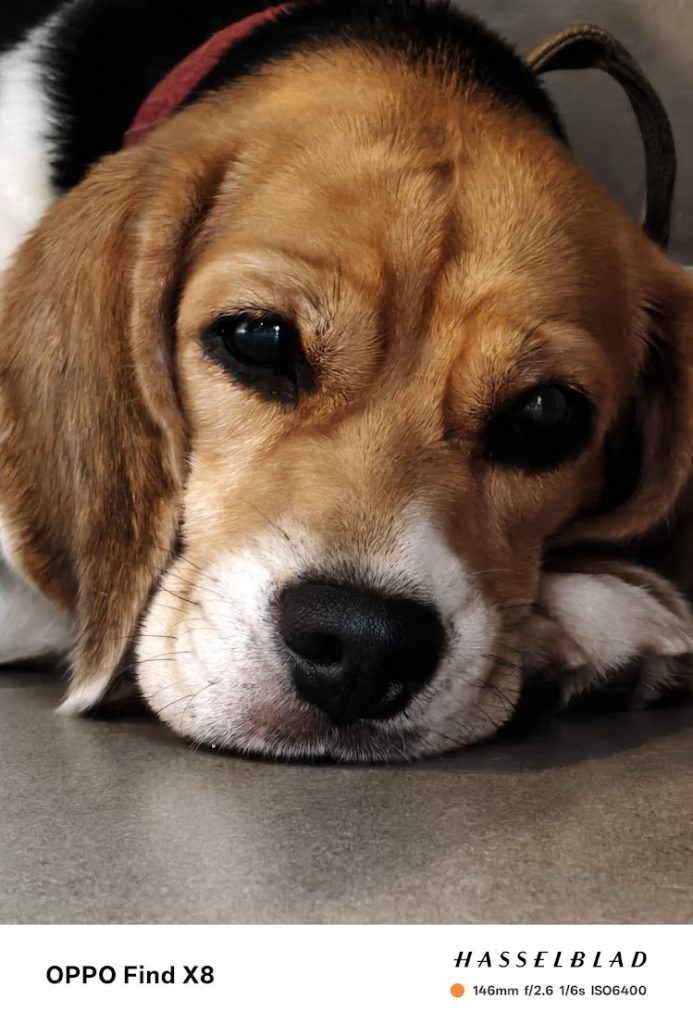
The Find X8’s camera system includes a 15mm ultra-wide angle lens, a 24mm wide angle lens, and a 73mm telephoto lens. The AI Telescope Zoom feature allows for up to 60x zoom, capturing clear images from a distance. The Lightning Snap feature allows users to capture a burst of photos at up to seven frames per second. Additionally, the Find X8 can record Dolby Vision HDR video at up to 4K resolution and 60fps from all its cameras, including the front-facing camera.
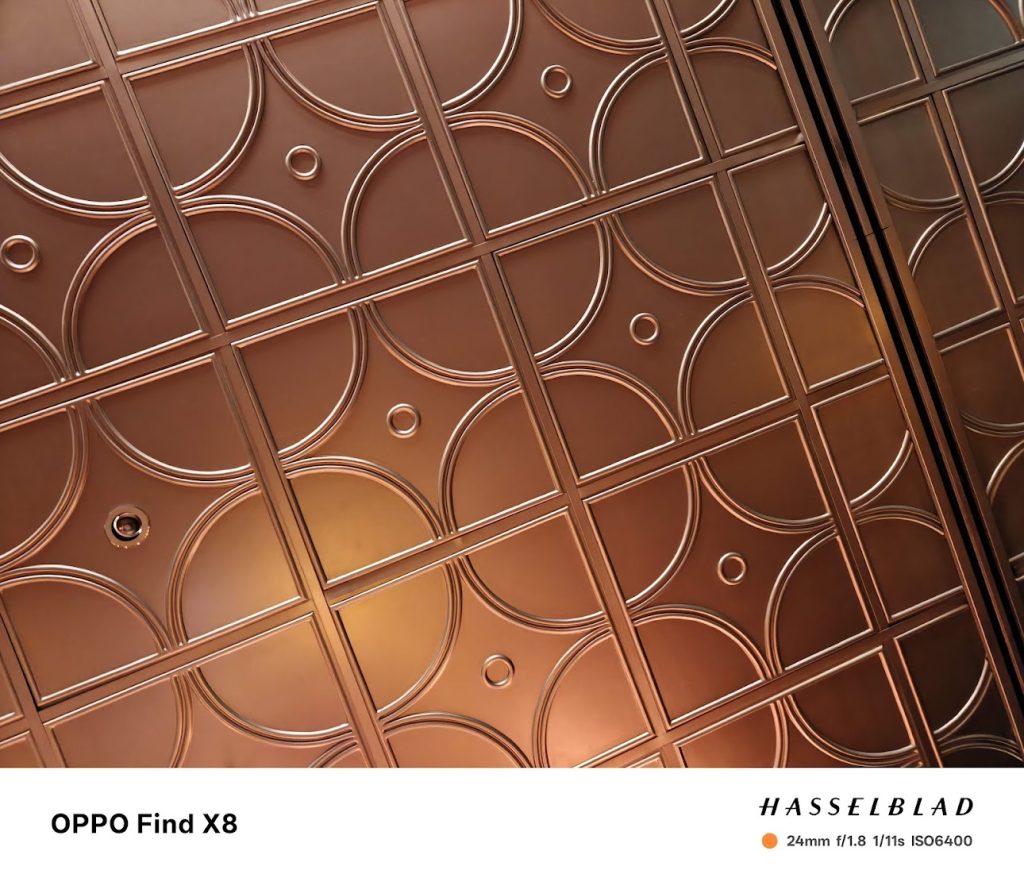
I honestly thought I was done for the year making up my mind as to what the best smartphone camera brand was for 2024. Then this came along as a last entry and I can really say I was blown away with the results of the camera. Every camera brand partnership brings something to the table. I admit it’s a huge marketing push most times with Xiaomi touting Leica Summilux tech, HONOR pushing the Studio Harcourt AI imaging, and OPPO with their co-engineered Hasselblad tuning. So what’s the difference? After spending some time with this device, I’ve come to the conclusion that the Find X8 is a photographer’s phone, whether amateur or pro. What really stood out in most photos was its dynamic range: the ability to capture a whole spectrum of the brightest and darkest tones in a photo. And it works quite well even when zoomed up close.


Another feature I want to highlight is Master Mode, a camera setting that allows you to choose between Auto and Pro mode settings. The latter is self-explanatory, allowing you to go full manual mode with ISO, shutter speed, white balance, focal length (yes!), etc. Auto mode puts you on the helm of Instagram-like settings allowing you to adjust saturation, sharpness, vignette, contrast – all in real time! I was able to get really good B&W contrast shots with saturation + contrast turned up to the max.



As this is a “photographer’s camera” I decided to print some shots on photo paper. I’m quite pleased with the results. The only innacuracies I saw were from my printer itself as it isn’t calibrated fully to handle certain shades of black (the shots are actually darker) but it works so well here.



Performance
The OPPO Find X8 is powered by the MediaTek Dimensity 9400 chipset, built on a 3nm process, and boasts a 35% faster CPU and 41% faster GPU performance compared to its predecessor. The phone also features OPPO’s Trinity Engine and a customized cooling system to ensure smooth performance and heat dissipation. I have to interject – the cooling system works, but the phone still heats up when playing games. This is really typical. I’m really more excited to see huge competition from MediaTek with their 9400 pulling their weight against a world of Snapdragon processors. We were able to do some Antutu benchmarks as well as run some games (ZZZ in particular), which were rather smooth.
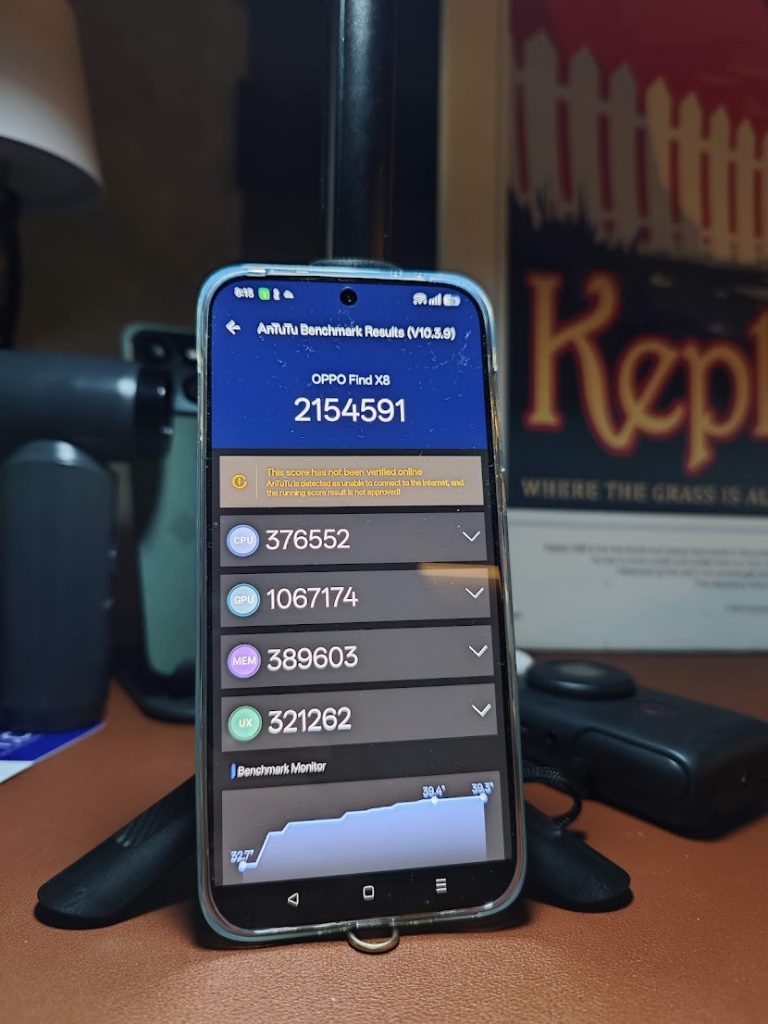
The Find X8 comes equipped with a 5630mAh battery and supports 80W SUPERVOOC fast charging technology.
Software and Connectivity
The Find X8 runs on ColorOS 15, based on Android 15, and offers a suite of AI-powered features. These features include AI Eraser, AI Clarity Enhance, AI Unblur, AI Reflection Remover, AI Studio, AI ToolBox, AI Assistant for Notes, and Documents. Additionally, the phone features AI LinkBoost, which utilizes 20 antennas to ensure stable connectivity such as low signal areas brought about by network congestion (crowds in concerts) or low signal zones. AI LinkBoost also features a triple Wi-Fi antenna system designed to provide a rock-solid connection during gaming, regardless of how the phone is held. This adaptive antenna system ensures the best possible connection, reducing latency by up to 40.11% and ensuring a smooth and immersive gaming experience.
The Find X8 supports up to WiFi 6 connectivity. From tests the phone can display up to WiFi 6+ tested using a TP-Link Deco mesh system. For a flagship I was a bit bummed that the phone, at least in the Philippines, does not support WiFi 7 connectivity as the documentation of the Dimensity 9400 chip says it supports Triple Band WiFi 7. I think we’re looking at some regulatory anomaly in regional deployments, but I could be wrong: the GSM Arena resource does say the phone should support WiFi 7 but the OPPO Philippines (+ India and Global) website contradicts this. Nonetheless, this is a fringe feature as there are not too many flagship devices out there running WiFi 7 – let alone compatible routers.
That being said, the Find X8 does offer some recompense – it supports a feature called Dual WiFi Acceleration, allowing you to connect to two separate WiFi networks at the same time to increase speeds. To simulate a WiFi 7 MLO network, I have connected to both my Globe and PLDT Fiber lines at home, pushing speeds of more than 900Mbps, as seen in this screenshot (notice the dual WiFi signals on the upper right).
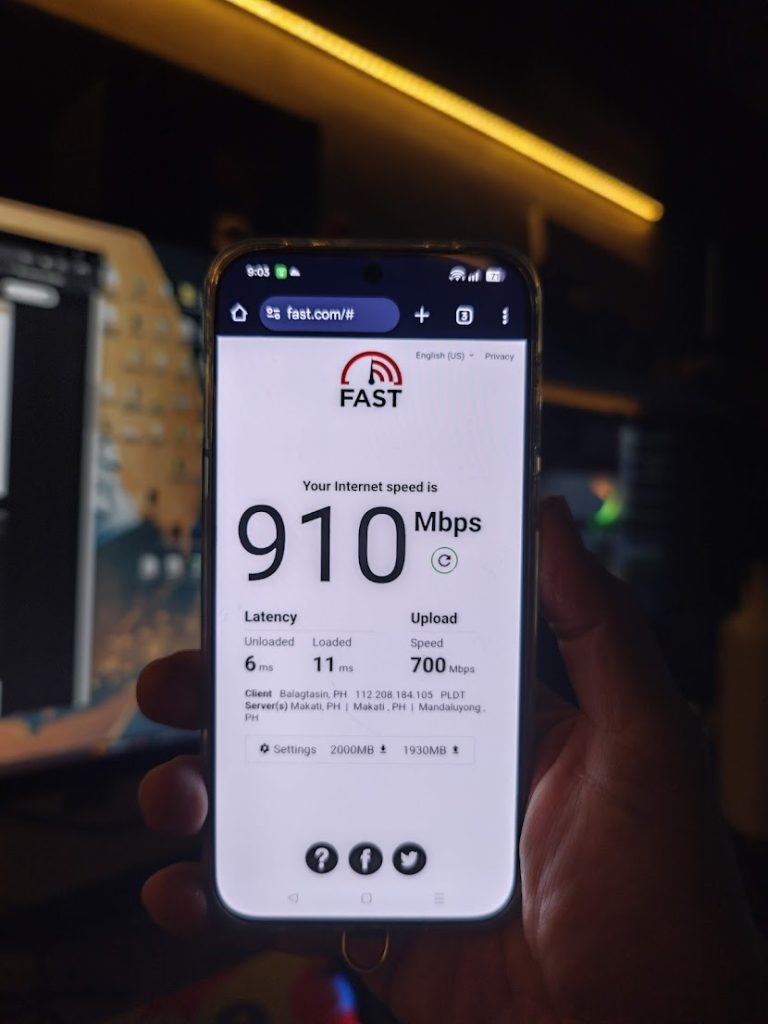
Summary
All in all, I’m honestly impressed with the Find X8 because it shines in all salient categories where we give a damn. It’s a great all-around shooter for day and night photography and for scenes and portraits. It is also a gaming device that packs a lot of juice, but also a productivity tool with some AI features to back you up.
The phone boasts an ultra-slim design, measuring just 7.85mm thick and weighing 193g. It is available in Star Grey, Space Black, and Shell Pink, with a fingerprint-resistant finish. Yours for P54,999.
